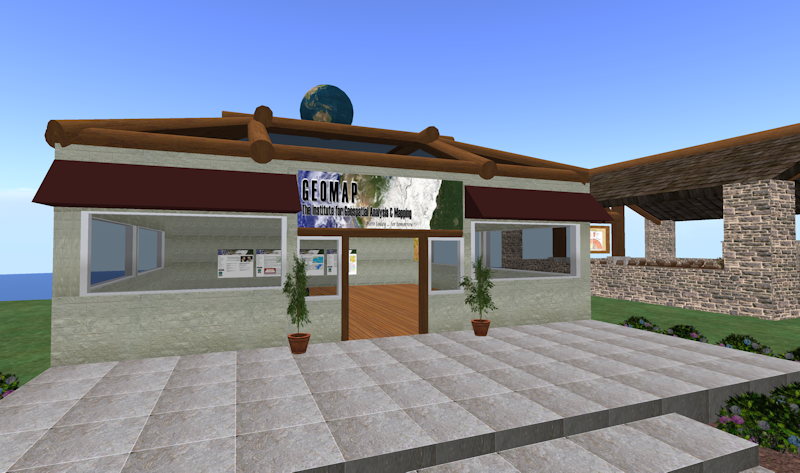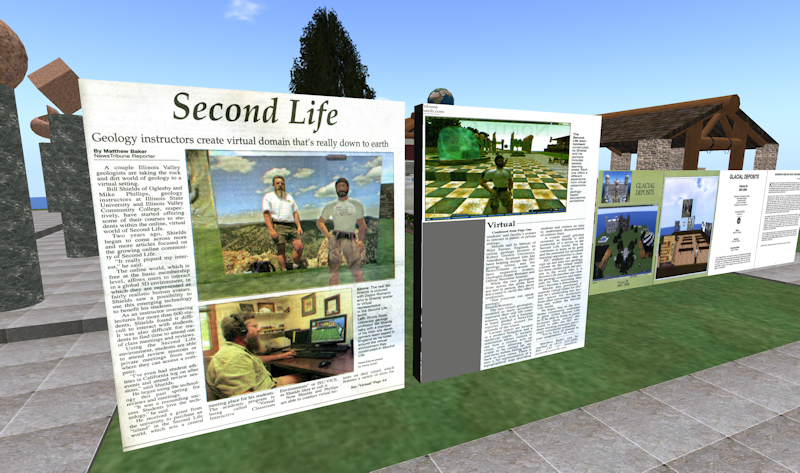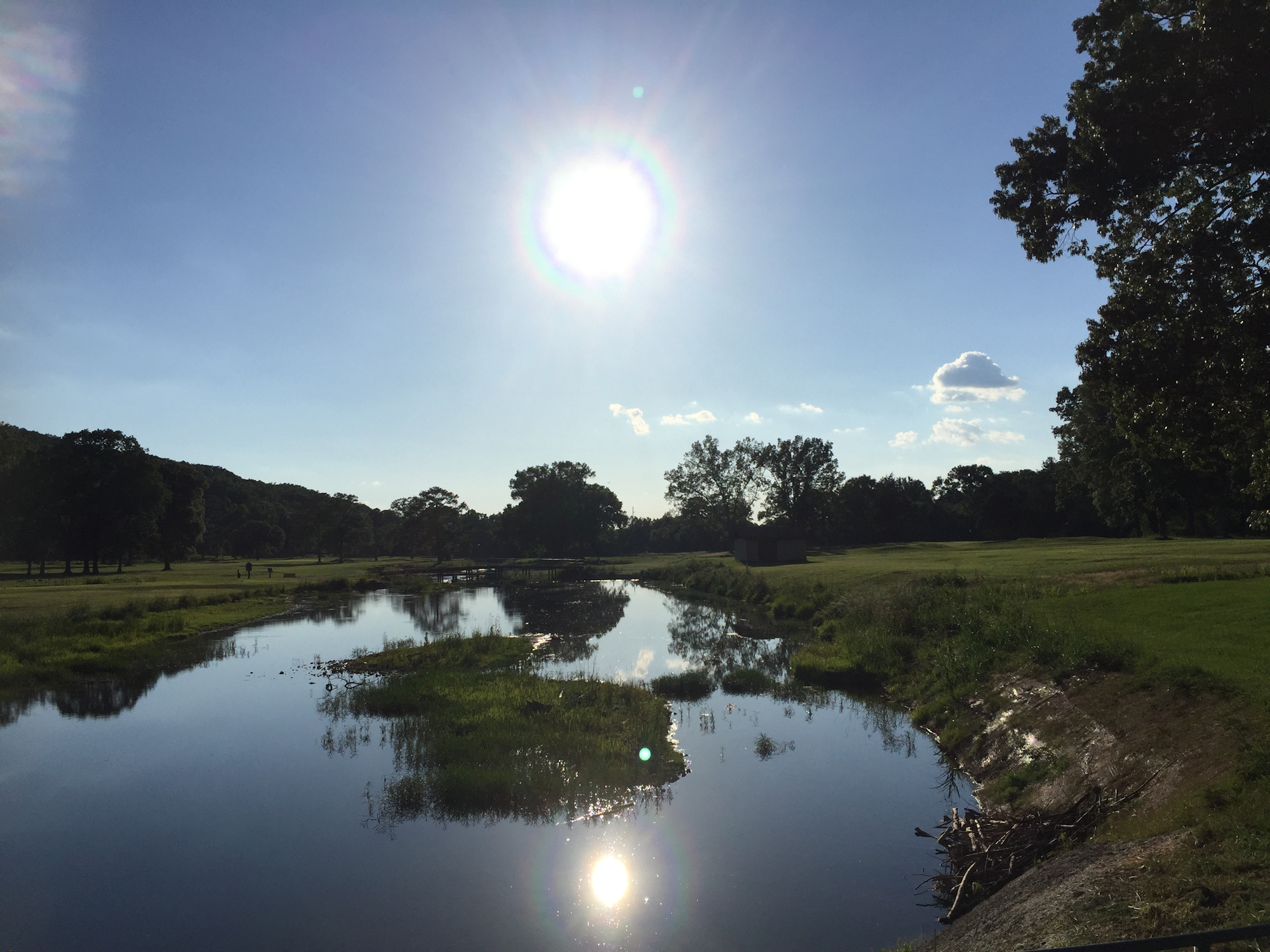Since last year, I have seen a turn in attitude towards the use of Second Life as a viable business tool. Linden Lab has set up a dedicated effort to offer up Second Life as a business solution with its launch of the Second Life Grid program. And now businesses and mainstream media are starting to pay attention. The challenge is that all of this is unchartered territory. No one has been here before – there is no business model. How do we as government officials and employees leverage tools like Second Life to meet the demands of our jobs? And how can we engage those who are still asking, do we need to even care or pay attention?
IBM recently released a white paper titled “Government 2020 and the perpetual collaboration mandate†which focuses on “six drivers outside the realm of government control.†The paper reports that “powerful changes related to demographics, globalization, environmental concerns, societal relationships, social stability and technology will affect virtually every government, demanding individualized responses suited to each nation, region or locality.â€
I believe this paper helps to answer the question of why we need to care about the changes that are happening online. I also thought the paper helped to give some direction on how to focus our efforts in leveraging the use of Second Life and other Web 2.0 services by bringing up the idea of perpetual collaboration. Here is a list of the six drivers noted in the paper followed by examples of how virtual worlds and other Web 2.0 tools can help governments achieve the goal of perpetual collaboration:
1. Change in demographics. The paper projects that “organizational transformations will occur in human capital management, institutional structures and financial management, with stronger emphasis on leveraging networks and partnerships to achieve objectives.†But how will government achieve this? The paper points out the need for increased transparency and mutual dependencies among governments, businesses, and other institutions and citizens.
2. Accelerating globalization – a trend that is causing societies to become more “economically interdependent across social, political and cultural boundaries.â€
3. Rising environmental concerns.
4. Evolving societal relationships are “reshaping relationships among individuals, and between customers and businesses.†This is “changing the expectations that citizen and business constituents have of their governments.â€
5. Growing threat to social stability and order. This includes “challenges from terrorism and armed conflict – including intercultural friction – to pandemics and natural disasters.â€
6. Expanding impact of technology
Virtual worlds and other Web 2.0 creations can help governments achieve these goals by providing the venue in which information is shared and networking takes place. A simple, local government example that comes to mind involves a typical request or inquiry by a developer that comes across a city official’s desk. Today, the city official would interact over the phone or by e-mail with the developer to collect information and try to answer questions. Many times, these questions require the city official to gather input from other individuals who might work for the city or for other organizations or businesses. Inquiries like this can involve questions about zoning, utilities, property ownership, accessibility needs, code and site work requirements, grant availability, and perhaps even questions about overall community plans for the area. Answering all these takes a lot of time and further communication between all the parties.
Now imagine if the city official was available through a virtual office. If available, the city official and developer could meet in that office, go over the questions, and then as specific issues came up, invite in other parties who were also available through the virtual world. Perhaps the pair would travel to other virtual locations to collect further information or talk to other people. If the developer was looking for a particular parcel and did not mind having an inquiry sent out, the city official could use a service like Twitter to put out an inquiry for a particular size parcel or building. If the realtors in the area were set up to “follow†that city official on Twitter, they would be notified of that inquiry, and they could respond with the information.
Online collaborative services like wikis allow for the sharing and recording of knowledge, helping governments address the loss of knowledge that might occur due to retirement. A government can create an online policy/guidebook by creating a wiki and encouraging employees to contribute to specific topics.
As for reaching across geographic boundaries, the ability to interact globally across cultures is an outstanding feature of Second Life. There are translation tools available in-world to allow someone to chat with someone by typing and having their text translated into the other person’s language. Also, because interaction is through avatars, there is less of a tendency for someone to have preconceived notions about someone with whom they are interacting. This can help to break down any cultural tendencies to judge someone from another country. And because someone’s culture still is important and should be respected, Second Life offers the opportunity for people to set up cultural displays to help educate people who would otherwise not get the chance to see the rituals, beliefs, and symbols of that particular country.
Other people have used this educational aspect of Second Life to build environmental awareness sites. The collaborative nature of Second Life and other Web 2.0 tools also allow people from all over the world to finally meet and work together on a regular basis towards addressing environmental challenges.
Governments can become part of this dialogue by taking advantage of social networking tools like Twitter, blogs, and virtual worlds. Government can also better engage their own constituents by offering services like virtual offices in which people who work during the day could visit a virtual city hall and get their questions or concerns addressed. Newsfeeds, blogs, and microblogs can be used to push out information around the clock. Networks can also help governments work together on dealing with threats to our society by helping them share resources related to emergency response.
So in the end, government needs to stay on top of technology. Those of us in government cannot ignore the rising tide and movement by the public in the use of Web 2.0 tools and virtual worlds. To best deliver services and meet the needs of our citizens and reach perpetual collaboration, we need to ramp up the dialogue and take advantage of networking opportunities offered by these services. Those who are interested can find more information at the IBM Website.



